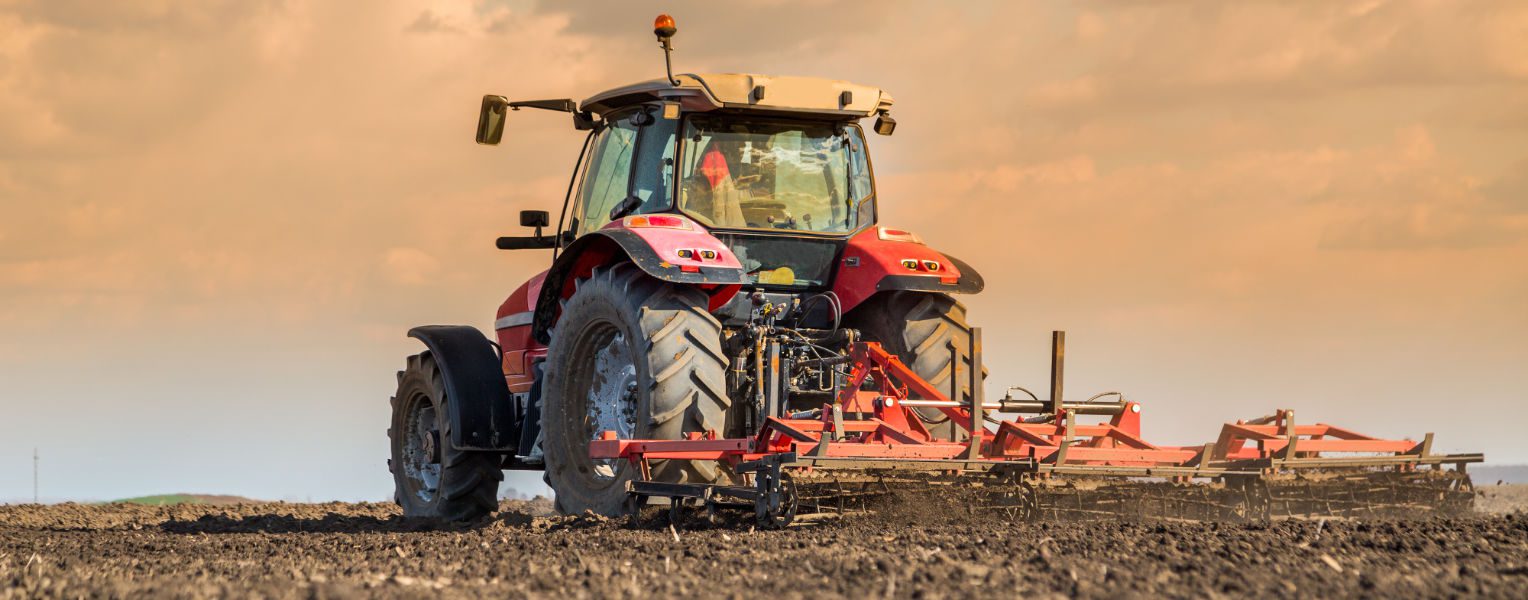Industry Knowledge: Stone and Clod Removal Before Planting

Root vegetables, such as carrots, potatoes, and beets, are a staple in diets around the world. Their successful commercial production relies on a multitude of factors, one of the most crucial being the preparation of the soil. Among the preparatory steps, the removal of stones and clods stands out as an essential practice to ensure high yields and quality produce. This blog explores why and how stone and clod removal should be integrated into the soil preparation process for commercial root vegetable farming.
Why Remove Stones and Clods?
1. Promoting Uniform Growth
Root vegetable development is heavily influenced by soil conditions. Stones and clods can obstruct the natural growth path of carrots, parsnips or red beet, leading to deformed and uneven produce. Uniform growth is crucial for marketability, where the appearance of vegetables significantly impacts market value.
2. Enhancing Soil Structure
A well-prepared seedbed with a fine soil structure promotes better root penetration and nutrient uptake. Clods can impede root development and reduce the availability of nutrients and water. Removing them ensures that the soil is loose and friable, fostering optimal growing conditions.
3. Facilitating Harvesting
Stones and clods can damage harvesting equipment, causing delays and increasing maintenance costs. A stone-free and clod-free field ensures smoother operation of machinery, leading to more efficient and cost-effective harvesting.
4. Reducing Disease and Pest Risks
Stones and clods can create pockets where water accumulates, leading to anaerobic conditions that damage soil health. These conditions can also attract pests that thrive in moist environments. By removing stones and clods, farmers can improve soil drainage and reduce the risk of diseases and pests.
Another benefit of this operation is the reduction in the number of free-living nematodes (FLN) in the soil profile because the organisms get crushed in the process. Several FLN species are vectors for plant viruses, which are especially harmful to carrot production.
Needle nematodes, through direct feed and/or vectored virus, damage carrots and sugar beet, leaving ‘docking disorder’ in beet the ‘fanging – multiple tap roots in carrots.
Yellow leaves and plant stunting could be a result of Root-lesion nematodes, from feeding on out rooting surfaces.
This mechanical method of controlling nematodes is very useful on organic crops where chemical controls (fumigants) are not an option and can be part of an Integrated pest control approach.
Methods of Stone and Clod Removal
1. Manual Removal
While labour-intensive, manual removal of stones and clods can be utilised from time to time by operators when cultivating soil.
2. Stone and Clod Separators
Mechanised stone and clod separators are highly efficient. These machines sift through the soil, separating stones and clods from the finer soil particles. They come in various sizes and capacities, suitable for different scales of farming operations.
3. Tillage Equipment
Modern tillage equipment, such as rotary tillers, power harrows and bed formers, can break up clods and bring stones to the surface for easier removal. These tools help in creating a fine tilth, ideal for root vegetable planting. Repeated passes with tillage equipment may be necessary to achieve the desired soil condition.
4. Soil Screening
Soil screening involves passing the soil through a mesh or screen to filter out stones and clods. This method can be combined with tillage to ensure a thorough removal process. Soil screens can be stationary or integrated into other machinery.
Best Practices for Stone and Clod Removal
1. Timing and Frequency
Stone and clod removal should be timed to coincide with soil tillage and preparation stages. It is often beneficial to conduct this process after ploughing but before the final seedbed preparation. Depending on soil conditions, multiple passes may be required.
2. Soil Moisture Management
Soil moisture levels play a significant role in the effectiveness of stone and clod removal. Too wet, and the soil becomes sticky and hard to work with; too dry, and it can be too hard to break up. Growers should aim for moderate moisture levels to facilitate easier handling.
3. Regular Monitoring
Regular monitoring and maintenance of fields are crucial to ensure that stones and clods do not re-emerge over time. Post-harvest field inspections and pre-planting checks can help maintain optimal soil conditions.
Conclusion
Removing stones and clods is a fundamental step in preparing soil for root vegetable production. It promotes uniform growth, enhances soil structure, facilitates harvesting, and reduces disease and pest risks. By employing appropriate methods and adhering to best practices, vegetable growers can significantly improve their crop yields and produce quality, ensuring their products stand out in the competitive market. Investing in this crucial preparatory step pays off in the form of healthier crops, higher efficiency, and, ultimately, better profitability.
